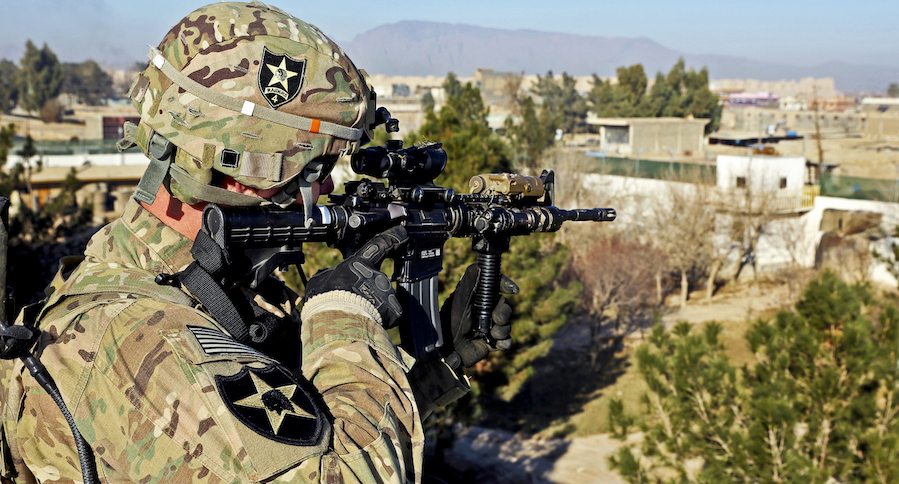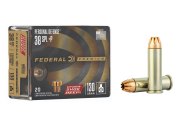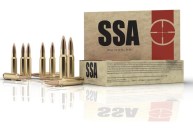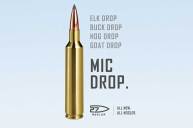Army Chief of Staff General Mark Milley recently alluded to a new Army bullet that can penetrate body armor during testimony before the Senate Armed Services Committee. Was he referring to the M80A1 bullet?
During the hearing, General Milley stated that the Army is considering replacing the 5.56x45mm chambered M-4/M-16 series of rifles with a new rifle chambered in the larger 7.62x51mm cartridge. Specifically, he noted that this potential change is being driven by the need for a new Army bullet that can penetrate body armor.
General Milley said:
The 5.56 round, we recognize there is a type of body armor it does not penetrate, and adversarial states are selling that stuff on the Internet for about 250 bucks. We think we have a solution ... We know we have developed a bullet that can penetrate these new plates."
While he did not specifically mention the new M80A1 bullet, it's possible that's the new Army bullet he's referring to.
First, a little background on the situation. Very similar to the .308 Winchester in performance, the 7.62x51mm cartridge used to be the standard service cartridge of the Army until the Army replaced the M-14 rifle with the M-16 series of rifles in the early 1960s. When the Army made the switch, it adopted the 5.56x45mm cartridge, which is a cousin of the .223 Remington cartridge, instead.
Additionally, the Army switched from the 55gr M193 bullet to the 62gr M855 bullet in the 1980s when it adopted the M-16A2 rifle. The heavier M855 bullet had a steel penetrator tip that enabled the bullet to penetrate a steel helmet at a greater range than the lighter M193 bullet. However, the terminal performance of the M855 bullet was not nearly as good as the M193 and it quickly developed a reputation for poor stopping power among Soldiers in Iraq and Afghanistan.
The Army developed the improved M855A1 bullet a few years ago to address those concerns. The lead-free bullet has a copper core behind a steel penetrating tip that's encased in a copper jacket. In addition to being much more environmentally friendly, the bullet has much better terminal performance and penetrating capabilities than the standard M855 bullet.

M855A1 Bullet Courtesy of Wikimedia
After seeing how successful the M855A1 was, the Army leadership decided to make a similar improvement to the 7.62x51mm cartridge that the Army still uses in the M-240 machine-gun and the M-14 rifle. The 147gr FMJ M80 ball round is the standard 7.62x51mm bullet the Army uses the most often. While the lead core M80 bullet has performed very well over the past few decades, it's not difficult to find body armor that will stop those bullets these days.
Indeed, American Soldiers have worn ceramic inserts (called Small Arms Protective Inserts or SAPI for short) in their body armor that protect against M80 ball rounds for many years. The Enhanced Small Arms Protective Inserts (ESAPI) that Soldiers currently wear protect against threats up to and including .30-06 Springfield Armor Piercing rounds.
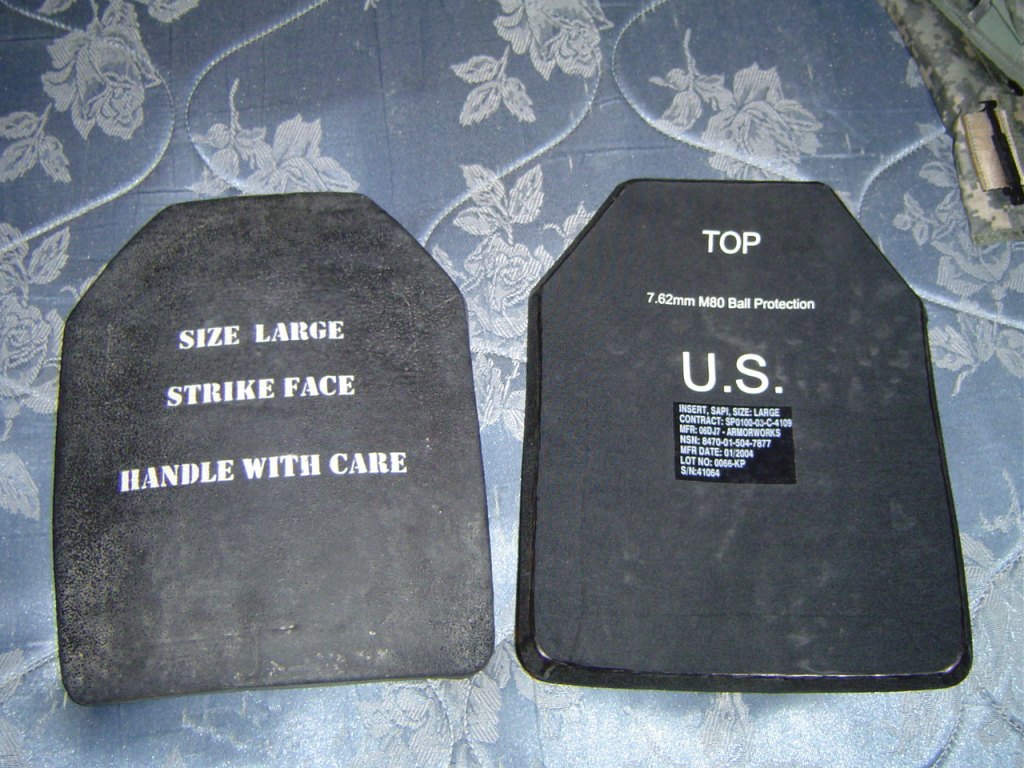
Small Arms Protective Inserts Courtesy of Wikipedia
That level of body armor also offers protection against the smaller 5.56x45mm cartridge, often even when the new M855A1 bullet is used. As General Milley stated, it's not difficult for potential opponents in future conflicts to obtain body armor that provide a similar level of protection. Heck, there are numerous companies that legally sell good quality body armor on the internet to American civilians. Countries like Russia, China, and even Iran likely have few problems equipping their Soldiers with body armor. The same goes for terrorist groups like ISIS and al-Qaeda.
So, with all that in mind, it shouldn't be surprising that the Army has been testing out various different ways of improving the armor piercing capabilities of the 7.62x51mm cartridge. Here's where the M80A1 bullet comes in.
Using the same basic construction of the M855A1 bullet (a copper core behind a steel penetrator), the M80A1 only weighs 130gr, making it slightly lighter than the standard M80 bullet. This also means it has a higher muzzle velocity than the M80 (about 3,000fps vs about 2,850fps from a 22" barrel). As you can see in this test by the guys at the Wound Channel, the terminal performance of the M80A1 bullet is pretty impressive.
Ok, so the M80A1 bullet will really cause a lot of tissue damage to a person that gets by one. What about penetration? Well, check out this video by the same guy that shows him testing an M80A1 bullet on an AR500 Level III plate. I think you'll be impressed.
https://www.youtube.com/watch?v=srHSAmgTnyc
AR500 advertises their Level III plates as being:
Tested to NIJ .06 standards with six (6) rounds of 7.62x51 M80 Ball (.308) at 2,780 feet per second from a distance of only 51ft! Level III body armor offers the most protection for your buck, and covers the most common threats one could encounter including nearly all Military & NATO calibers up to the threat level above. Our Level III body armor provides industry leading protection against "penetrator" rounds such as the 5.56 M855/SS109 - which, put simply, can blow through UHMWPE type and similar Level III body armor options.
Well, the M80A1 bullet blew through that plate like it was barely there. I haven't found any tests showing how the bullet performs on SAPI or ESAPI plates. However, I'm virtually certain they'll easily penetrate the regular SAPI plate and potentially even the ESAPI plates.
Like I said earlier, I don't know exactly what 7.62x51mm bullet General Milley was talking about, but there's a good chance he was referring to the new M80A1 bullet. If that's the case, then American Soldiers could be getting a great new bullet that is even more lethal than the M855A1. Now all we've got to do is find a new rifle to shoot it in...
Like what you see here? You can read more great articles by John McAdams on his hunting blog. Follow him on Facebook The Big Game Hunting Blog or Twitter @TheBigGameHunt.
NEXT: THESE SOMALI PIRATES ATTACKED THE WRONG SHIP
